Now that warmer weather is here and we’re spending more time outside, those predisposed to freckling are likely seeing more of it, especially following a suntan or sunburn. But what exactly are freckles?
The mythos around freckling is complicated. Depending on genetics, skin tone, and one’s history of sun damage, freckles can signal business as usual or act as the precursor to a bigger dermatological problem. That’s why we’ve done the work to uncover the myths and truths about freckles, and what to look out for if you happen to have them.
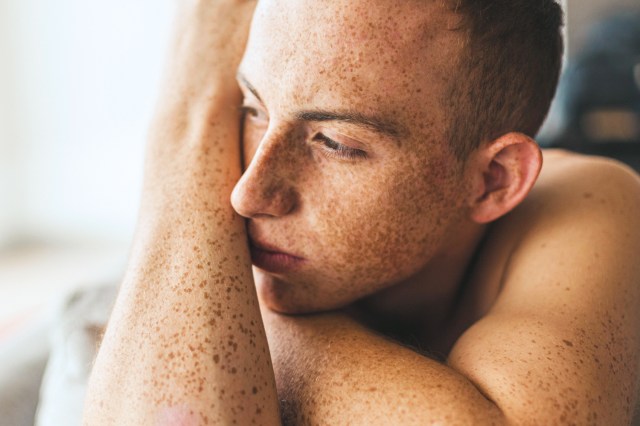
Are Freckles Genetic?
Depending on your ancestry and skin pigmentation, you may be prone to developing freckles more than somebody else. But one is not born with freckles; according to Stanford Medicine, they develop as a result of increased UV exposure, and usually begin between ages 2 and 3.
This tends to happen more to people with red hair and fair skin, which accompany an overabundance of melanin, the pigment that determines your eye, skin, and hair color. Since melanin acts as a skin protector when exposed to UV rays, those with light features will produce more of it as a means of preventing a sunburn — which also means they’re less likely to evenly tan.

Is It a Freckle or an Age Spot?
There are actually two types of freckles: ephelides, which are flat and usually brown or red, and solar lentigines, which appear as larger patches on skin and can vary from brown to red to yellow. The latter, according to the Mayo Clinic, are also referred to as age or liver spots, and occur after years of prolonged sun exposure and develop over time.
On social media, Dr. Andrea Suarez (known online as Dr. Dray) describes freckles as being “no bigger than the head of an eraser and uniform in color.” Age spots, on the other hand, can present up to 2 centimeters across.
Ephelides are what we typically think of when referring to freckles, and they usually appear on areas of the skin that see the most sunlight: the face, neck, and arms. However, despite getting darker under the sun, they can also fade with age, especially if you lessen your UV exposure or apply a high SPF sunscreen religiously. Age spots, conversely, are permanent unless you take measures to remove them.
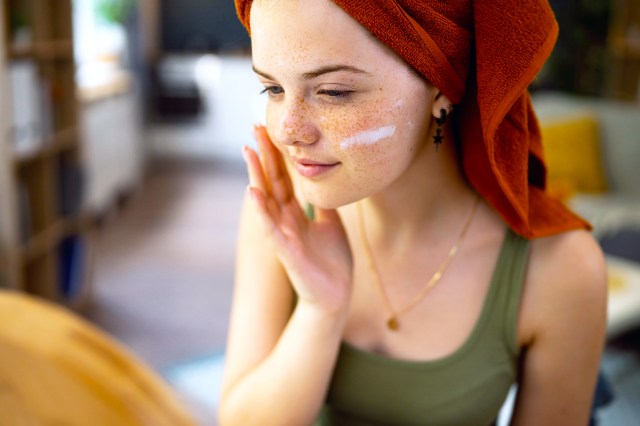
How To Eliminate Freckles
Because freckles are simply excess melanin within the skin, it’s impossible to eliminate them entirely, and they usually end up coming back when you try. On TikTok, dermatologist Dr. Chris Tomassian recommends skin care with kojic acid, retinoids, chemical and laser peels, and a limited use of hydroquinone to lessen pigment. If your spots are bothering you, chat with a board-certified dermatologist about the best options for your unique skin.
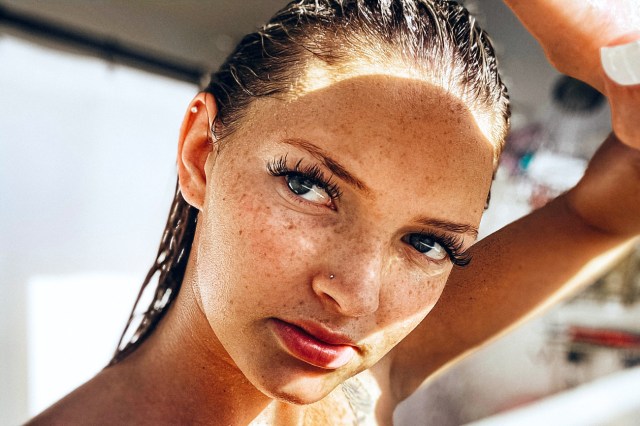
When To Monitor Freckles for Sun Damage
In an interview with NPR, Dr. Emmy Graber, a dermatologist and the president and founder of the Boston University Cosmetic and Laser Center, explained that despite their association with the sun, there are no tangible links between freckles and skin cancer. However, those with freckles may already be more predisposed to skin cancer because they’re so fair-skinned.
“We do see skin cancer more commonly in people who have freckles, just because these are folks who tend to have fairer skin, and we know that those who have fairer skin types are already at a higher risk to develop skin cancer,” she explained.
Freckles or not, you should be mindful of your spots and get a skin cancer check every year. Dr. Julio Sartori Valinotti, a dermatologist with the Mayo Clinic, reminds his patients to check for dark patches that suddenly appear, and to make note if an existing dark patch darkens, becomes uneven or jagged, grows, or changes in height. It’s always better to play it safe.
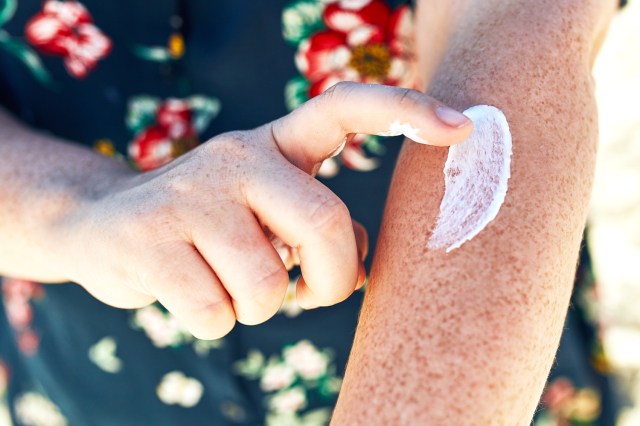
Can You Prevent Freckles?
You can prevent more freckles from developing by remaining diligent about daily sun protection. According to experts at the Cleveland Clinic, using a broad-spectrum sunscreen daily and reapplying it every two hours (or more if you’re sweating or swimming) can slow down freckle formation. Wearing a wide-brimmed hat, sunglasses, and keeping your arms and legs covered also can help prevent freckling, especially if you avoid peak sunlight hours.
This article is for general informational purposes only.
Affiliate Disclaimer Medical Disclaimer



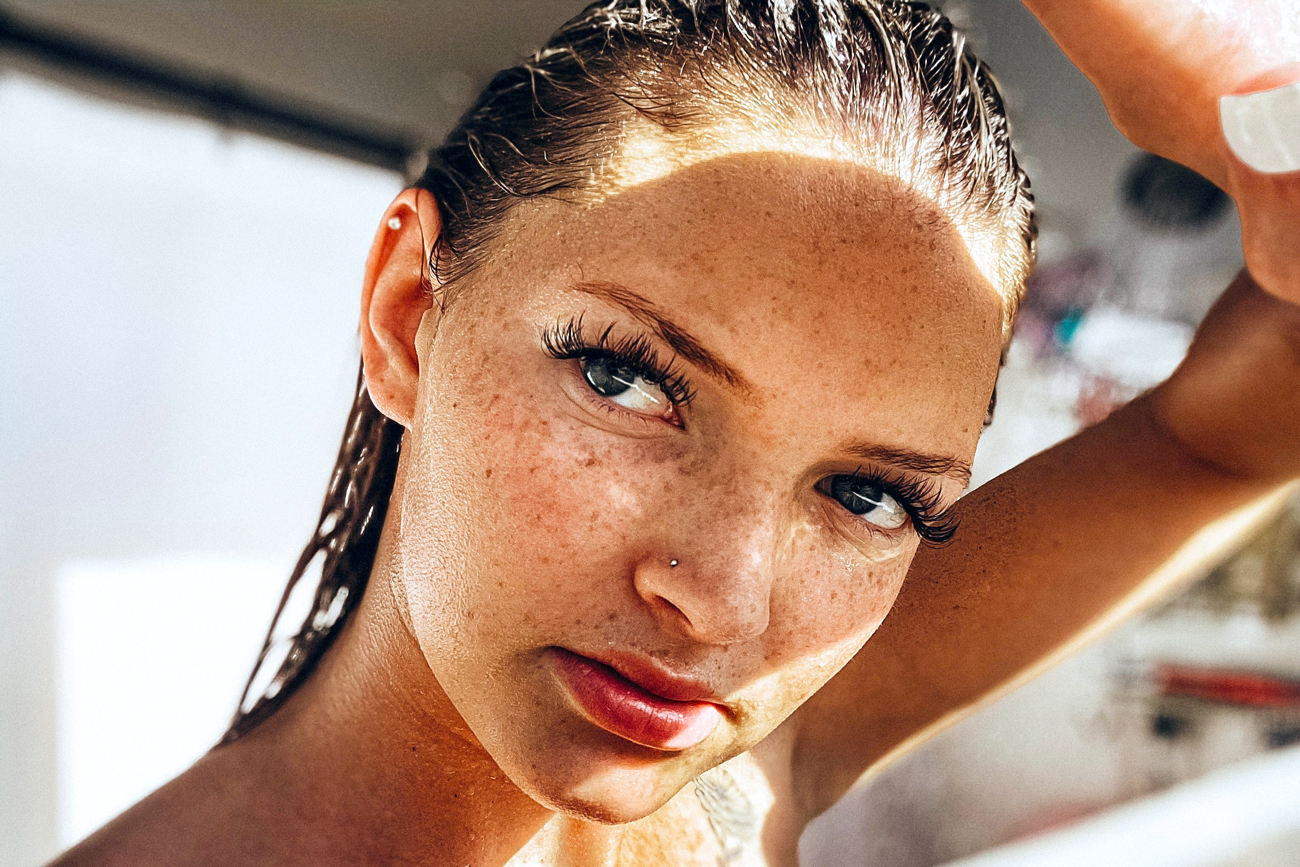



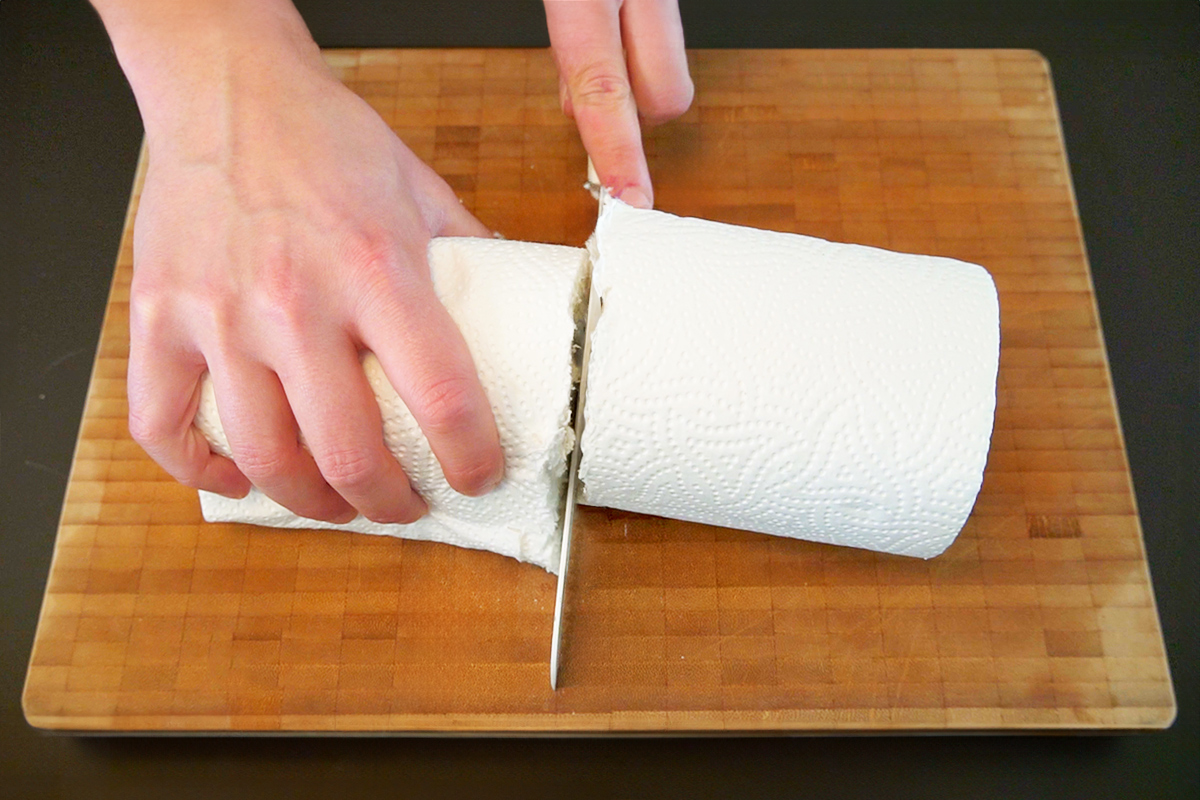





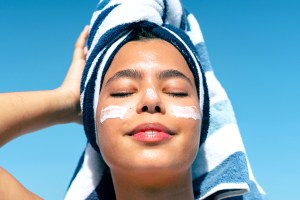


 Unique Beauty is free for all users.
Unique Beauty is free for all users.